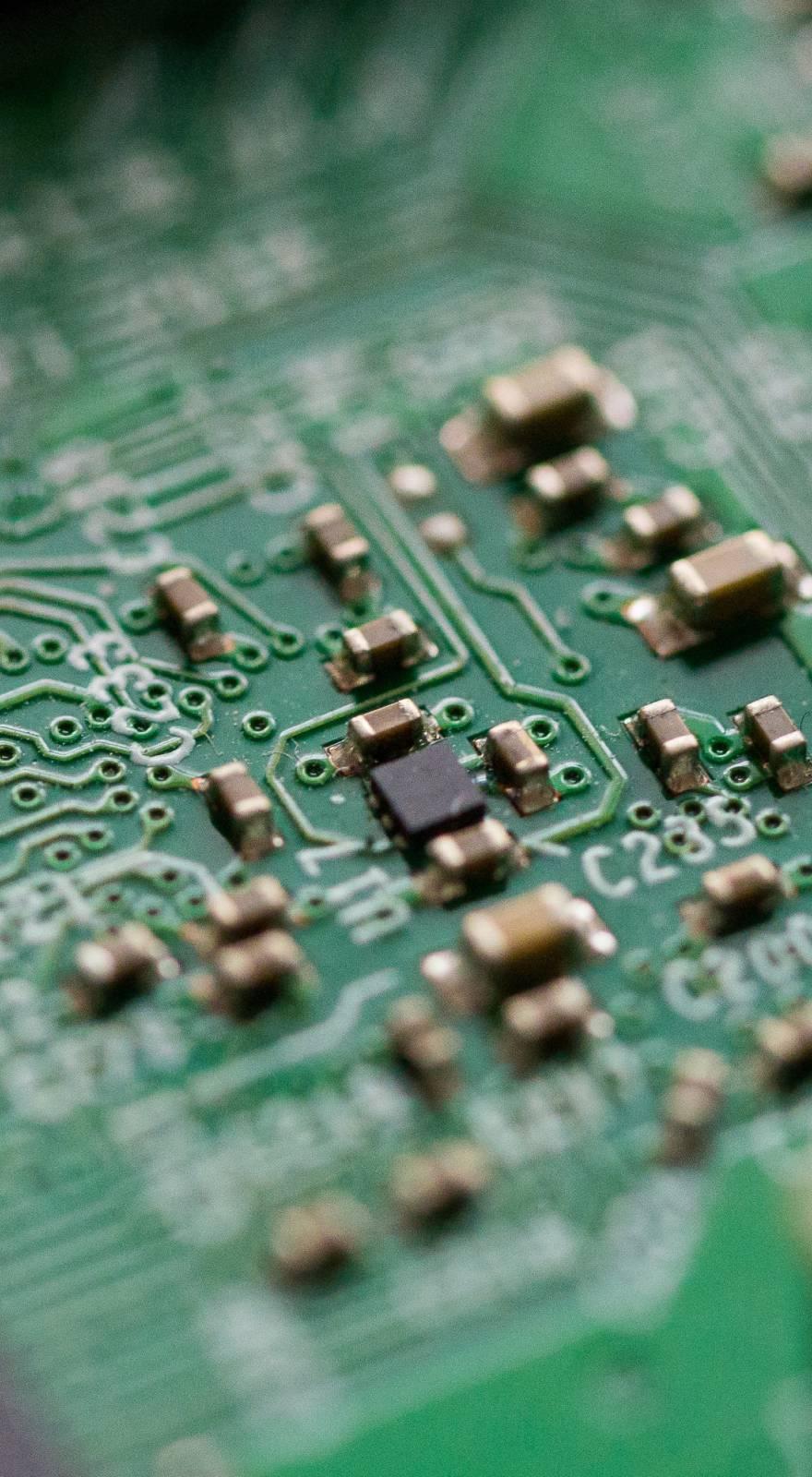Knowde Enhanced TDS
Identification & Functionality
- Chemical Family
- Chemical Name
- Industrial Additives Functions
- CAS No.
- 7782-42-5
- EC No.
- 231-955-3
- Technologies
Features & Benefits
- Features
- Excellent electrical conductivity
- Good thermal shock resistance
- High mechanical strength
- Low coefficient of thermal expansion
- Low coefficient of friction
- Superb chemical resistance
Applications & Uses
- Markets
- Applicable Processes
- Industrial Additives End Use
- Typical Graphite Applications
Application Product Electrical, Electrochemical, Electronic, EDM, Semiconductor Brushes, Anodes, Cathodes, Current Collectors, Sliding Contacts, EDM Electrodes, Resistors, Brazing Tips, Heaters, Seed Holders
Metallurgical Trays & Boats, Crucibles, Fluxing (Degassing) Tubes, Molds & Dies, Furnace Parts, Foundry Accessories, Canisters & Aluminum Extrusion Boards
Chemical Vessels and Reactors, Bushings & Bearings, Packing Rings & Seals, Roller Guides, Valves, Rotors & Vanes
Aerospace Rocket Nozzles Nuclear High Purity Structural Components, Reflectors, Moderators
Properties
- Typical Properties
| Value | Units | Test Method / Conditions | |
| Density | 2.4 | gr/cm³ | — |
| Particle size | 0.003 | inch | — |
| Hardness | 75.0 | scleroscope | — |
| Compressive Strength | 30000.0 | psi | — |
| Flexural Strength | 11000.0 | psi | — |
| CTE | 3.7 | in/in/°F | — |
| Temperature | 500.0 | °F | — |
| Porosity | 1.0 | % | — |
Technical Details & Test Data
- Carbon Fibre
- The carbon fiber reinforced carbon/graphite is an alternative material of choice where traditional graphite and carbon/graphite fails. This is achieved by the carbon fiber reinforcement that adds substantially high stiffness, strength and fracture toughness to carbon/graphite while retaining all the unique properties of graphite. Thus it provides a cost-effective solution for design and performance improvement that was not possible with traditional carbon/graphite material. Our materials can be customized to provide optimized physical and chemical attributes to suit your needs such as Silicon carbide surfacing to have increased abrasion and oxidation resistance for your harsh environment applications.
- When application requires extended performance, recommended using our carbon fiber materials to make products such as piston rings, crucibles, vanes and wear plates.
- Can manufacture flat plates, solid rounds and cylinders in sizes ranging from 1/16" to 5" (plate or wall thickness) by 18" Square.
Properties Carbon fiber reinforced carbon/graphite Graphite Density (gm/cc) 1.7 1.7 Strength (MPa) 150 80 Stiffness (GPa) 50-200 10-20 Thermal expansion (ppm/C) 1 to 5 6 Thermal conductivity (W/m-K) 40-150 100 Fracture toughness (MPa-m1/2) 10-15 2

